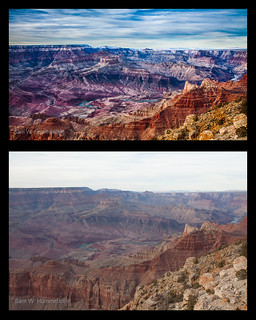The United States Constitution is both a frustrating and beautiful document that defines us and makes us a beacon for liberty around the world. David Badash, in his article entitled
Constitution Day: Marriage Equality Is A Right The Constitution Demands said, “The U.S. Constitution is an elegant, elastic creation (yes, Tea Party, elastic,) that has guided and inspired us since it was signed into being over two centuries ago”.
Let’s not forget that our Constitution originally allowed slavery as well as race and gender discrimination. Fortunately, over time, we became more enlightened and basic human and civil rights became the law of the land.
The Supreme Court affirmed, in 1967, that marriage is, indeed, a civil right. In the unanimously-decided Loving v. Virginia, U.S. Supreme Court Chief Justice Earl Warren delivered the court’s opinion:
“Marriage is one of the ‘basic civil rights of man,’ fundamental to our very existence and survival.… To deny this fundamental freedom on so unsupportable a basis as the racial classifications embodied in these statutes, classifications so directly subversive of the principle of equality at the heart of theFourteenth Amendment, is surely to deprive all the State’s citizens of liberty without due process of law.
The Fourteenth Amendment requires that the freedom of choice to marry not be restricted by invidious racial discrimination. Under our Constitution, the freedom to marry, or not marry, a person of another race resides with the individual and cannot be infringed by the State.”
Since 1967, marriage has been clearly seen by the court as a “civil right”. How can one not replace race with gender in this argument, especially in light of subsequent rulings of the Court.
The Fourteenth Amendment to the U.S. Constitution includes this passage:
“…nor shall any State deprive any person of life, liberty, or property, without due process of law; nor deny to any person within its jurisdiction the equal protection of the laws.”
In Romer v. Evans, the Supreme Court case that ruled against a Colorado constitutional amendment that had prohibited state protections for homosexual citizens. And Lawrence v. Texas, which struck down sodomy laws in Texas, and, therefore, in the United States.
For me these references clearly show that our Constitution and laws, as defined by the courts, have long past determined that our Constitution provides and protects the rights given to any of us, to all of us. Anything less, threatens the basic foundation of our republic.
Extending the rights and freedoms most of us enjoy to everyone is not a weakness of our society but indeed at the very core of the strength of the fabric of our society.
There are those who choose to cling to the idea that the United States Constitution continues to defend selective forms of discrimination, violations of civil rights, limits to liberty or freedom. If the Constitution upholds any form of discrimination, then we are all at risk of losing our own freedoms.
While I often fall short of these standards there are concepts that serve as the foundation of my beliefs.
The Golden Rule provides the basis for much of my personal philosophy. In addition, Paul Harris, the founder of Rotary International, wrote and spoke extensively on tolerance, acceptance and equality being the very foundation for peace and goodwill in our world.
In my opinion, much of the strife in this world is caused by placing one’s positions, beliefs or status as separate from or above those of others. We will only find real and lasting peace among neighbors and nations when we wake to the realization that we are more alike than different, more equal than unequal.


